Lixit No-Drip Top-Fill Rabbit Water Bottle, 32 oz.
Hydrate your bunny using the Lixit No-Drip Top-Fill Rabbit Water Bottle. This leakproof small animal water bottle has a valve-ball tip that stops any water dripping and feature a flip top that simplifies refills. Thanks to the two flat sides, this rabbit cage water bottle can be mounted on the inside or outside of your pet’s cage.
Hydrate your bunny using the Lixit No-Drip Top-Fill Rabbit Water Bottle. This leakproof small animal water bottle has a valve-ball tip that stops any water dripping and feature a flip top that simplifies refills. Thanks to the two flat sides, this rabbit cage water bottle can be mounted on the inside or outside of your pet’s cage.
- Two flat sides to allow the rabbit cage water bottle to be mounted on the inside or outside of the cage
- Made from BPA-free plastic
- Leakproof small animal water bottle has a valve-ball tip that stops any water dripping.
- Flip top simplifies refills
- Holds up to 32 oz. of water to keep your pet hydrated
Additional information
| Animal Compatibility | Rabbits |
|---|---|
| Capacity | 32 oz. |
| Finish | Plastic |
| Mounting Type | Cage |
| Primary Color | Blue |
| Product Height | 9.5 in. |
| Product Length | 3.5 in. |
| Product Weight | 0.3 lb. |
| Product Width | 3.5 in. |
| Manufacturer Part Number | 378 |


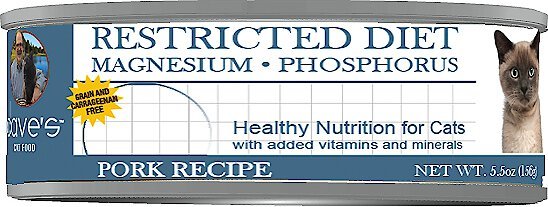
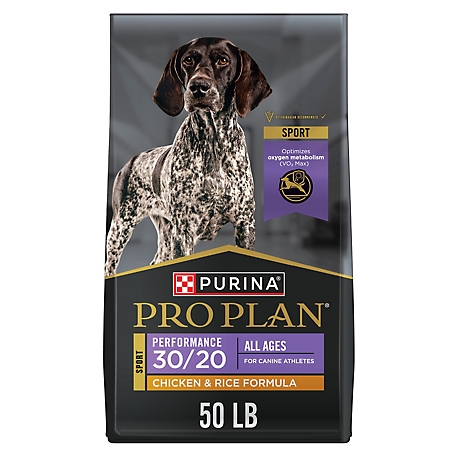
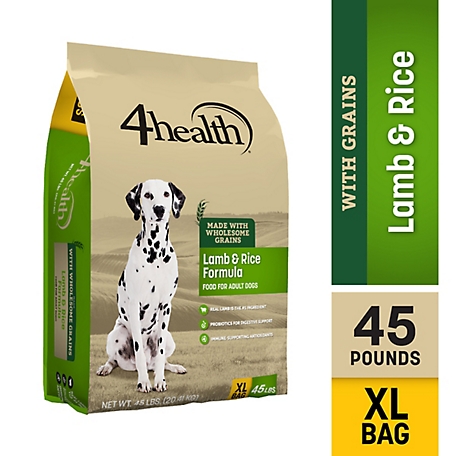
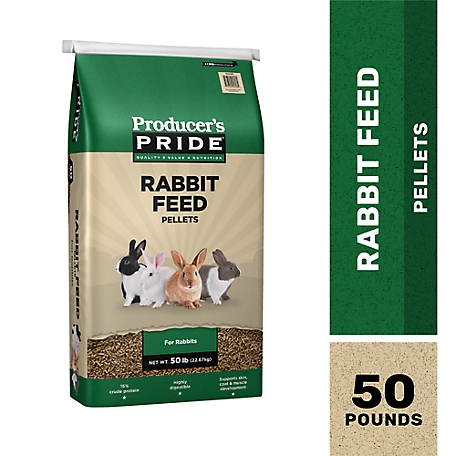
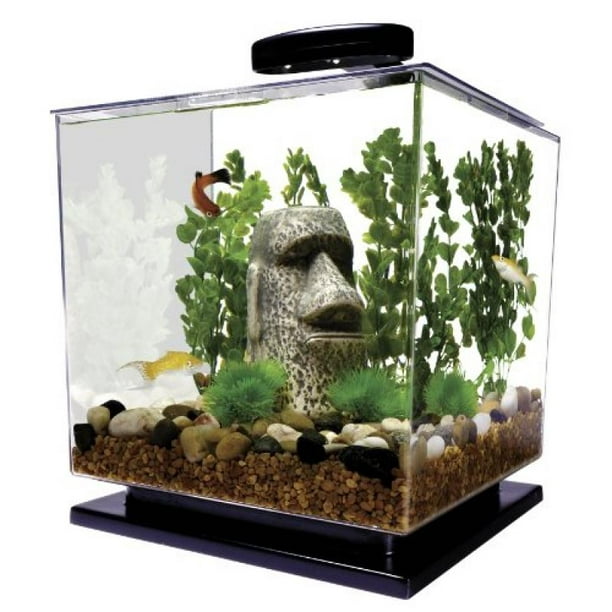

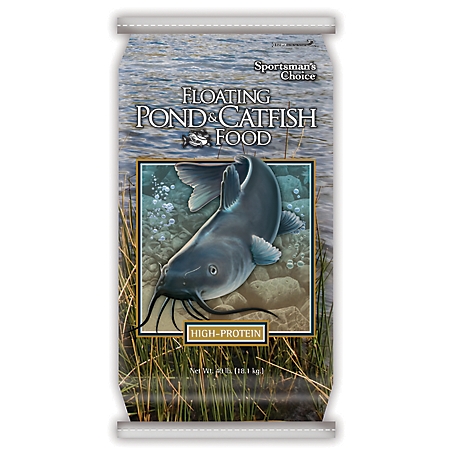
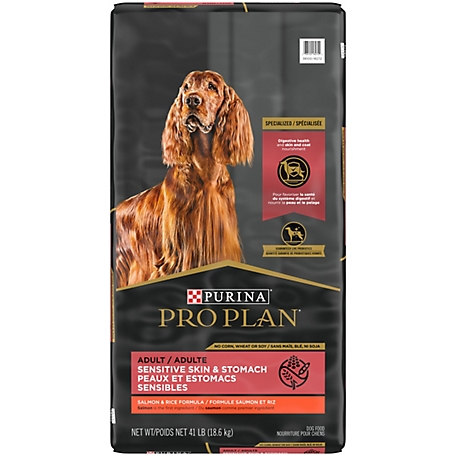
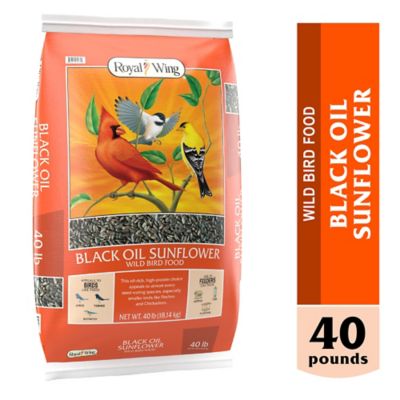
by Chillto
This works great for my rabbits. I read that some people had problems with leaking but that’s not been a problem here.
by Mindy
Great bottles! Top fill makes its easier for my kids to independently fill waterers for their rabbits. They don’t leak so far!
by Presa
Previous bottle leaked out all the water. This works great!!
by Steve
The rabbit water bottles are very easy to fill and give just the right amount of water to my large New Zealand Giants… I purchased five and four of them worked great, but one of them does leak a tiny bit through the spout.